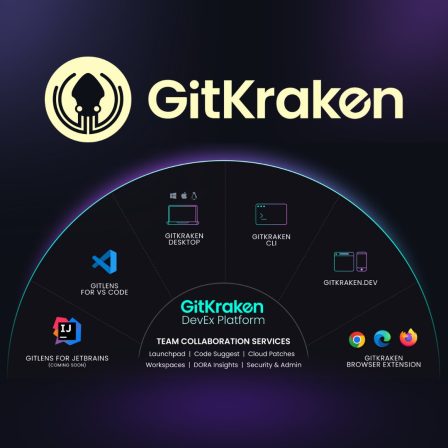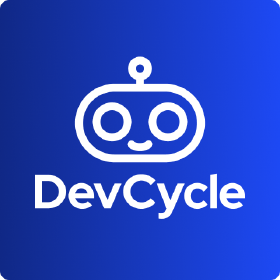There is no item in your cart

The Next Leap in Frontend Speed: A First Look at Volt, the Zig-Powered JavaScript Toolkit
The world of JavaScript tooling is defined by a relentless quest for speed. We moved from the configuration-heavy days of Webpack to the lightning-fast, Go-powered bundling of esbuild and the refined developer experience of Vite. For a while, it seemed we had reached peak performance. But a new wave of tools, written in systems-level languages like Rust and Zig, is promising another order-of-magnitude improvement.
Leading this new charge is Volt, a brand-new JavaScript/TypeScript toolkit written in Zig. Having recently hit its stable 1.0 release, it’s generating significant buzz for its claims of near-instantaneous build times and a featherlight development server. Is this the next evolution of our frontend workflow? Let’s take a look.
Why Another Build Tool? The Quest for Zero-Delay Development
While Vite is incredibly fast for most projects, large-scale applications can still experience noticeable delays in Hot Module Replacement (HMR) and production build times. Volt tackles this by leveraging Zig, a modern C alternative known for its simplicity, performance, and fine-grained control over memory. This allows for optimizations that are even more aggressive than what’s possible with Go, pushing startup and build times closer to zero.
Getting Started with Volt: A 5-Minute Guide
The team behind Volt has made onboarding incredibly simple. You can scaffold a new project in seconds:
- Installation: Open your terminal and run
npm create volt@latest my-app. - Start the Dev Server:
cd my-appand then runnpm run dev. You’ll be struck by the complete lack of a loading spinner—the server starts instantly. - Run a Production Build: Run
npm run build. For a standard React or Vue app, the process often completes in under a second, producing highly-optimized and code-split bundles.
Key Features of Volt
- Near-Instant HMR: Changes to your code are reflected in the browser so quickly it feels like a native feature.
- Intelligent Code Splitting: Advanced static analysis creates even smaller, more efficient chunks for production, improving your site’s Core Web Vitals.
- First-Class TypeScript & JSX: Works out of the box with zero configuration required.
- Rust-Based Plugin API: While the core is Zig, the plugin system is built on Rust, allowing for high-performance, memory-safe extensions to the build process.
The Bigger Picture: The Systems Language Wave
Volt isn’t an anomaly; it’s part of a broader trend. The entire JavaScript tooling ecosystem is being rewritten in high-performance systems languages. We have esbuild (Go), Turbopack (Rust), and now Volt (Zig). The insight here is that the future of frontend developer experience relies on innovations happening at a much lower level. As frontend developers, we become the beneficiaries of a new era of performance, abstracted away by these powerful tools.
Conclusion
Volt represents the next exciting chapter in frontend development, pushing the boundaries of what we consider “fast.” While it’s still new, its performance claims are impressive and warrant exploration for any new project.
As you experiment with new build systems like Volt, ensure the rest of your workflow is just as modern and efficient. A powerful IDE like [JetBrains WebStorm] and a secure secrets manager like [Doppler] can save you hours every week. Find these and other essential developer tools at [SMONE] to keep your entire stack at the cutting edge.





























































